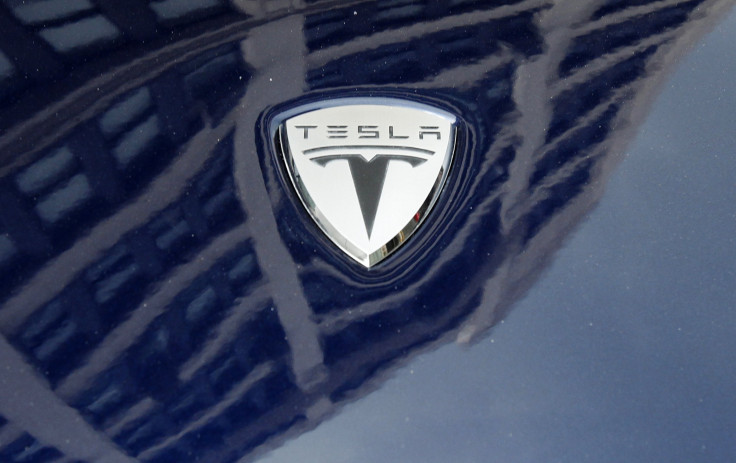How Much Does Tesla's Model X SUV Cost Now?

This article was originally published on the Motley Fool.
On Friday, Tesla (NASDAQ:TSLA) lowered the price of the base version of its Model X SUV by $3,000, from $82,500 to $79,500. The price decrease puts the SUV's starting price just $5,000 above a similarly optioned Tesla Model S.
The Model X's price reduction comes as Tesla aims to increase deliveries of the SUV in the second half of the year. Furthermore, the company says it reflects improved production efficiencies.
• Motley Fool Issues Rare Triple-Buy Alert
Improving margins
In a statement about the price decrease, Tesla cited an improved Model X gross profit margin as the primary reason for the lower price. "When we launched Model X 75D, it had a low gross margin. As we've achieved efficiencies, we are able to lower the price and pass along more value to our customers," Tesla said.
In the second quarter, the automaker made an automotive gross profit margin of 25% for its combined Model S and Model X sales when adjusted to exclude stock-based compensation and zero-emission vehicle credits. This is up from 23.6% in the year-ago quarter.
"Untapped sales potential"
The Model X price decrease comes at a good time for the electric-car maker. Since the third quarter of 2016, when Tesla delivered just under 25,000 vehicles, total vehicle deliveries have remained largely the same. Despite this stalled growth recently, management is looking for combined Model S and X deliveries to return to growth in the second half of the year, even as it ramps up deliveries of its recently launched lower-cost Model 3.
Between its Model S and X, management has indicated that the Model X particularly represents a growth opportunity for the company. For instance, in its second-quarter update on vehicle deliveries, the company said there "appears to be substantial untapped sales potential for Model X." In addition, Tesla indicated in its second-quarter shareholder letter that it hasn't marketed the Model X as aggressively as it has its Model S until recently. "During Q2, we added more Model X cars to our test drive and display fleet because our stores had been operating with far less than what was needed and, in some cases, none at all," Tesla explained.
• This Stock Could Be Like Buying Amazon in 1997
Further helping Tesla's case for expected Model S and X sales growth in the second half of the year, the company noted in its second-quarter shareholder letter that orders for the two models have been increasing recently -- "both leading up to and following the Model 3 handover event." There were worries that the July 28 launch of the Model 3, priced at $35,000, could cannibalize demand for Tesla's pricier vehicles. But this hasn't been the case.
In Q2, Tesla delivered 10,000 Model X units, or about 1,550 lower than Model X deliveries in Q1. The sequential pullback in deliveries was driven by a severe production shortfall of 100 kilowatt-hour battery packs during the quarter, Tesla said. The company delivered just over 22,000 Model S and X units combined during Q2 and about 47,100 total units in the first half of the year.

• 7 of 8 People Are Clueless About This Trillion-Dollar Market
A reduction in the price of Model X, allocation of sufficient test drive and display Model X units at Tesla stores, and higher demand for Model S and X after the Model 3 launch should help to propel Model X sales higher in the second half of the year.
Daniel Sparks owns shares of Tesla. The Motley Fool owns shares of and recommends Tesla. The Motley Fool has a disclosure policy.





















